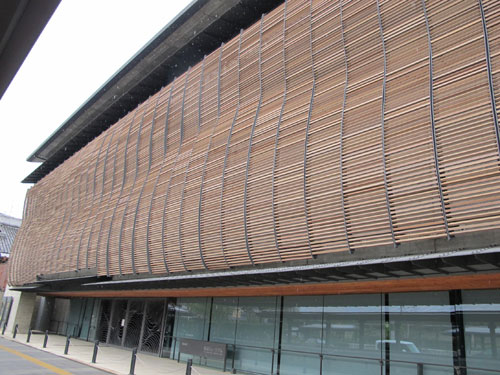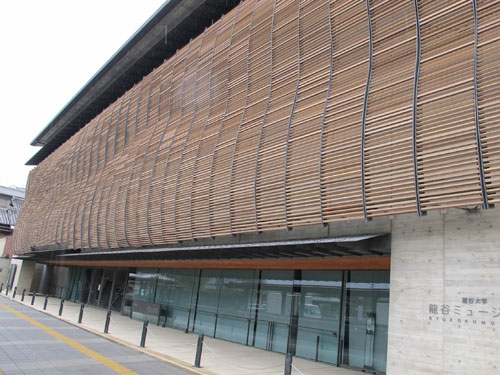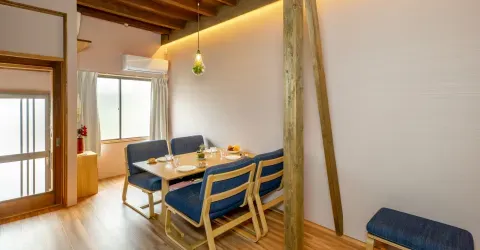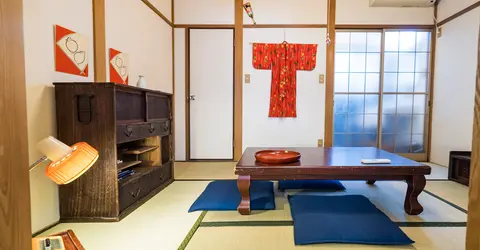Ryukoku Museum Kyoto Buddhist Art
Ryukoku Museum Kyoto in Kyoto is dedicated to Buddhist art detailing the spread of Buddhist culture from its birthplace in India, through China to Japan.
Ryukoku Museum Kyoto 龍谷ミュージアム
The new Ryukoku Museum is directly opposite Nishi Honganji Temple in Kyoto and close to the Omiya campus of Ryukoku University and the famed Higurashi-mon Gate.
Buddhist Art
The Ryukoku Museum is dedicated to Buddhist art. The museum details the spread of Buddhist culture and belief from its birthplace in the Ganges valley in India, through South East Asia, China and Korea to Japan. The exterior of the museum features a huge blind made of ceramics.
Exhibits
The Ryukoku Museum has a basement level and three floors above ground in a light and airy building. The second floor concentrates on Buddhism in Asia with the third floor focusing on Buddhism in Japan. Exhibits include sculptures from the Gandhara period of Buddhist art in what is now present-day Pakistan and Afghanistan. Also on display is the Otani collection, gathered between 1902 and 1914 on three expeditions sent by a chief priest of Nishi-Honganji on the original route of Buddhism from India to Japan as well as other Important Academic Materials held by Ryukoku University. The Buddhism in Japan section details the development of Shin Buddhism and the history of Honganji and the life of founder, Shinran Shonin (1173 - 1263).
Special Exhibitions
The Ryukoku Museum also holds special exhibitions and has a museum shop and cafe facing Nishi-Honganji Temple.
Access - Getting There
Ryukoku Museum (museum.ryukoku.ac.jp) 117 Nishinakasujidori Shomen Sagaru Shimogyo-ku Kyoto 600-8399 Tel: 075 351 2500 Admission: 500 yen for adults Hours: 10 am-5 pm; closed Monday The museum is north of Kyoto Station. It is about 12 minutes on foot from Kyoto Station on the JR, Kintetsu and Kyoto Subway Karasuma Line. Alternatively, it is also about a 10-minute walk from Gojo Station on the Karasuma Line. In addition, by bus Kyoto city buses #9, #28, #75, #206, #207 and #208 are all convenient for the museum.
 Ryukoku Museum holds special exhibitions and has a museum shop and cafe facing Nishi-Honganji Temple
Ryukoku Museum holds special exhibitions and has a museum shop and cafe facing Nishi-Honganji Temple





























